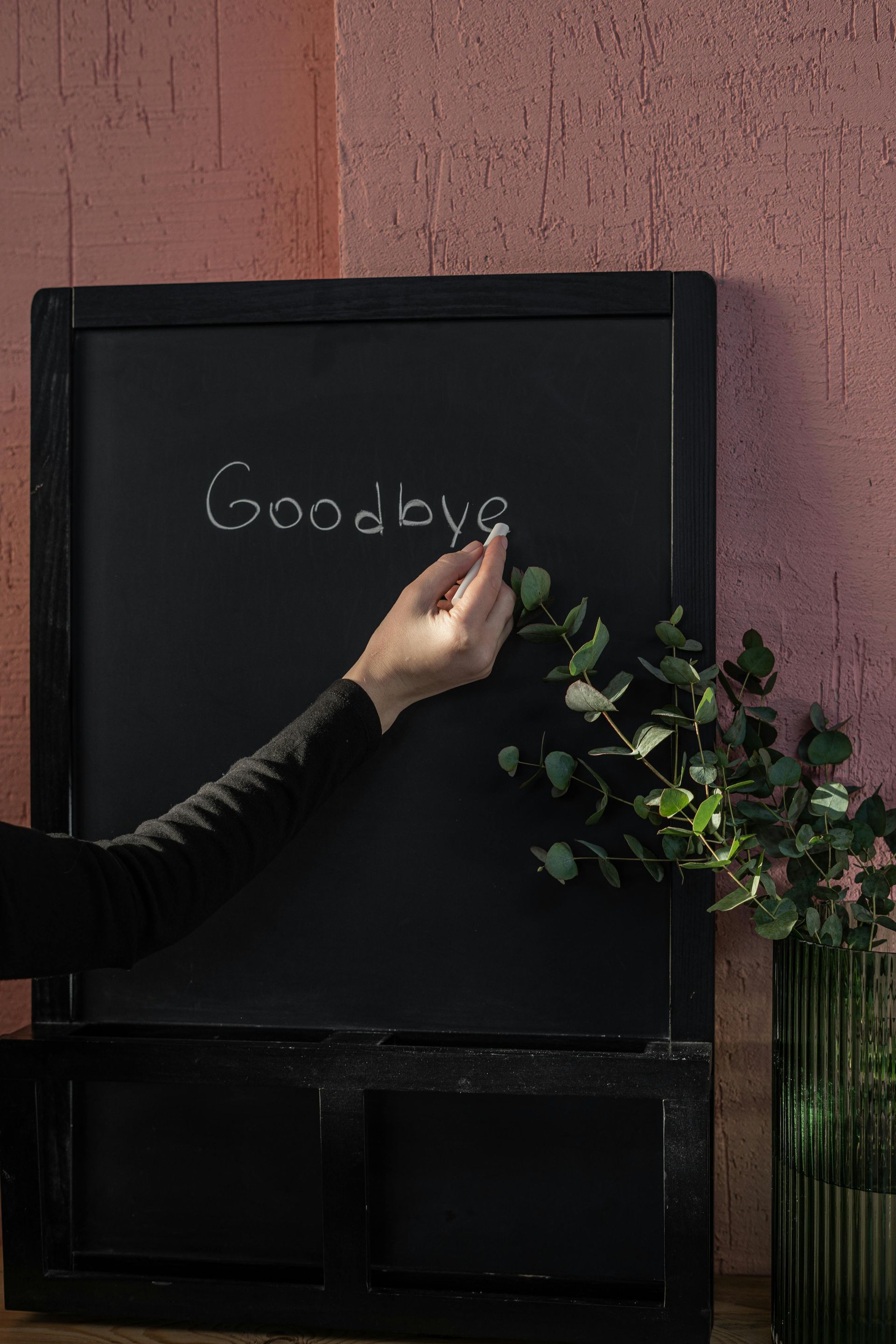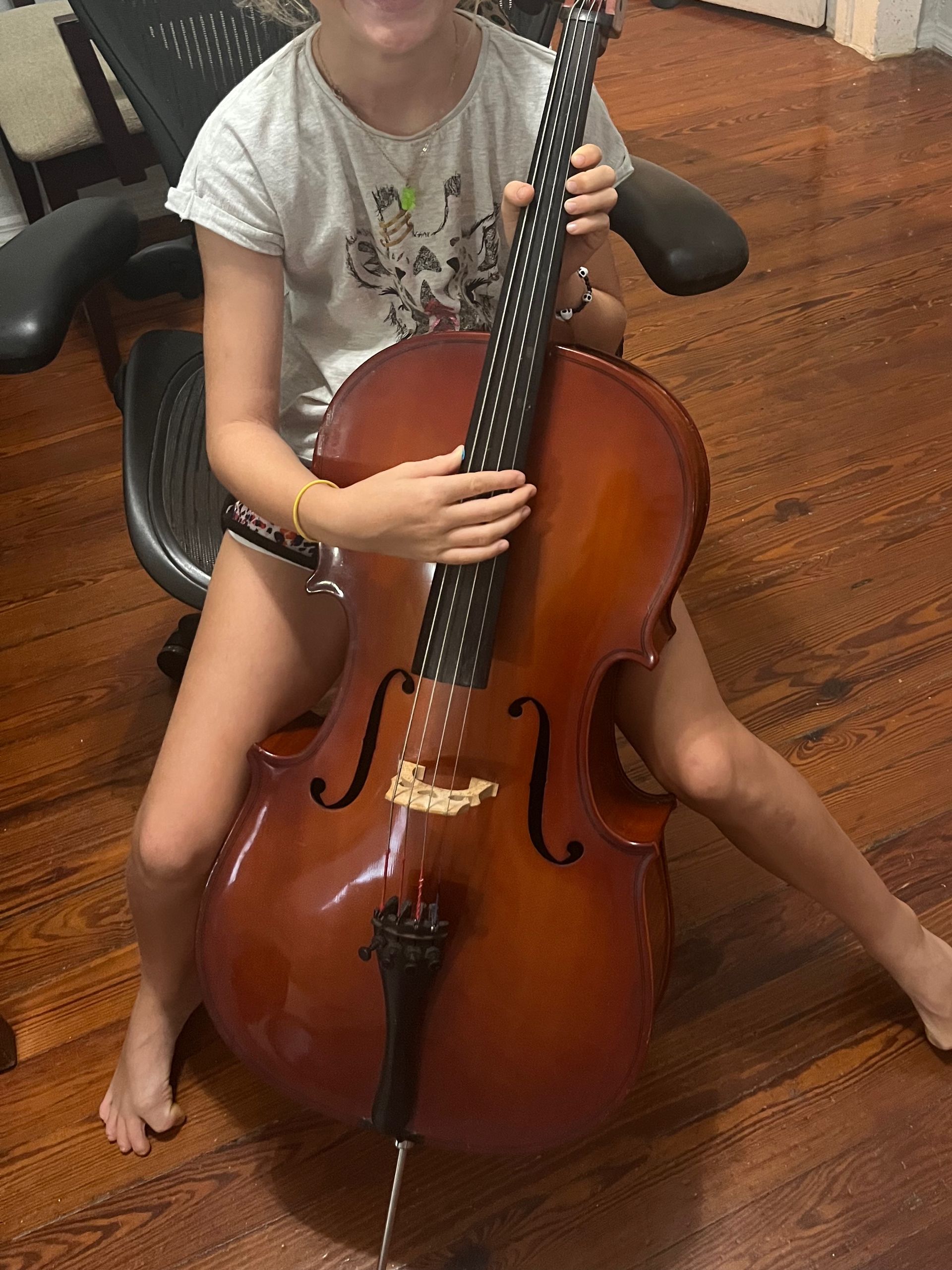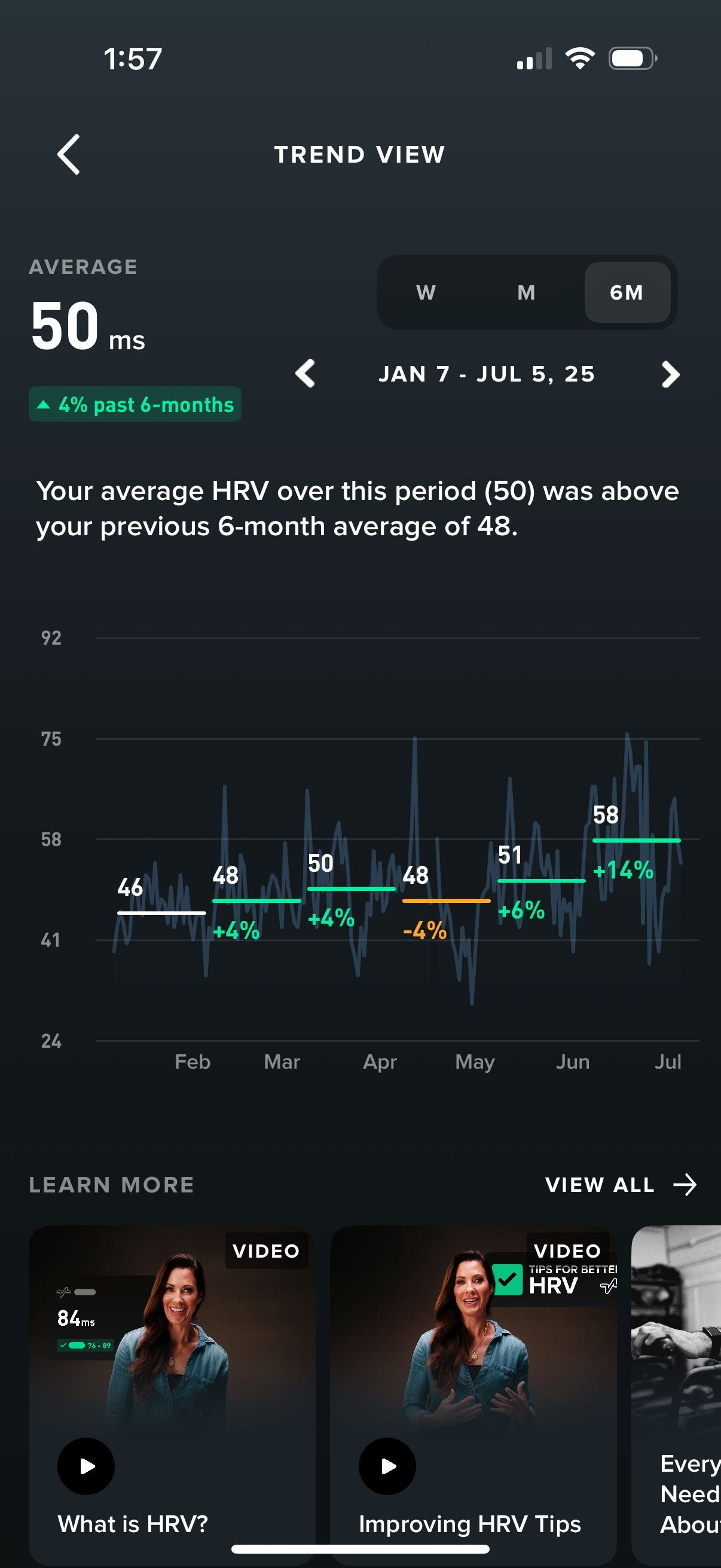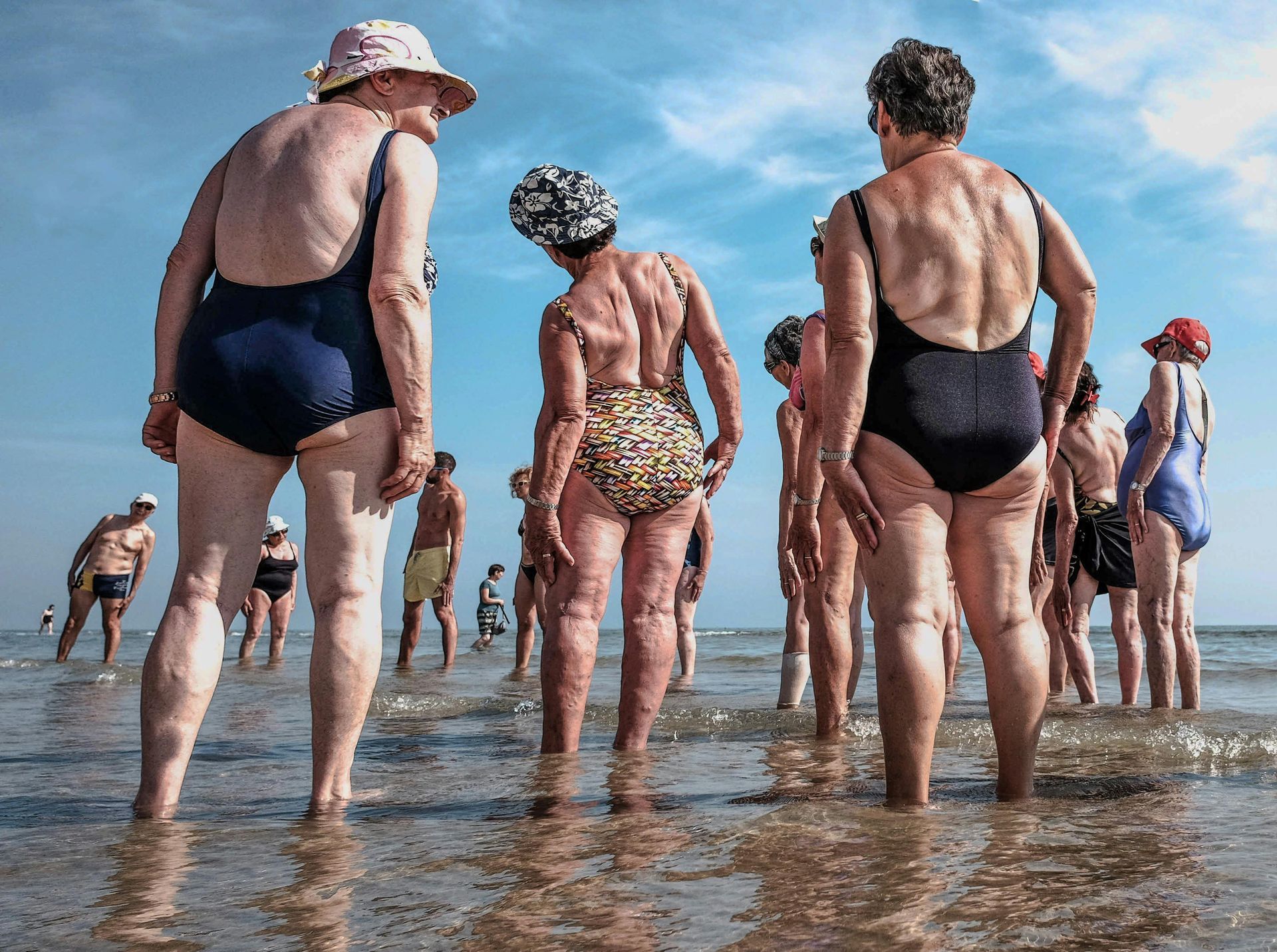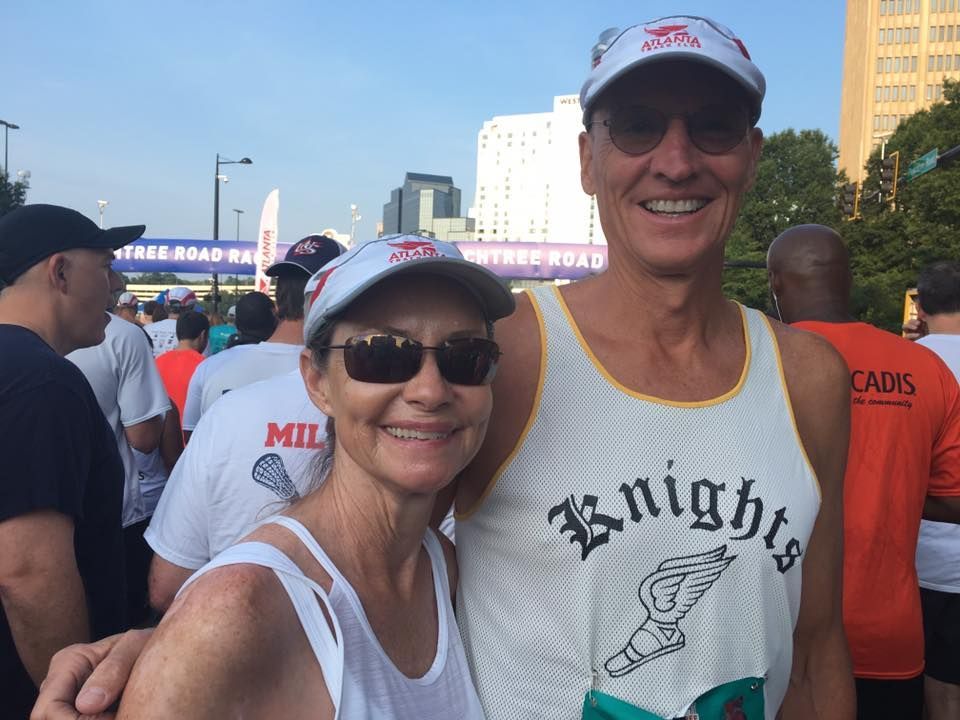Learned Control
In the 1960s, psychologists Martin Seligman and Steven Maier conducted groundbreaking research on the concept of "learned helplessness." Their experiments, which would certainly be deemed inhumane in today’s world, involved exposing dogs to inescapable shocks, then later giving them the opportunity to escape the shocks but finding that they no longer even tried to do so. This led to the theory that helplessness was “learned.” This in turn led to a belief that the experience of being in a situation where one has no control over the outcome could and would lead to a persistent sense of hopelessness and helplessness even in situations where control is actually possible.
However, more recent research by the same Seligman and Maier has upended this theory, suggesting that it is not helplessness that is learned, but rather control or agency. Using technology and techniques that were not available in the 1960s, Seligman and Maier discovered that the default state of the brain is to believe that we have no control over a situation, and that it is only through the process of trying to change the situation and finding that we can indeed have an impact that we learn that we have control instead. They conclude: “the neural circuitry underlying the phenomenon of learned helplessness strongly suggests that helplessness was not learned in the original experiments. Rather passivity and heightened anxiety are the default mammalian reaction to prolonged bad events. What can be learned is cortical—that bad events will be controllable in the future.”
This shift in understanding highlights the importance of taking the first step towards action in any goal-setting process. Given our “default mammalian reaction” is to believe we do not have control, it is only through acting and seeing the impact of our efforts that we learn that we have agency instead. When we start to make progress towards our goals, our brain begins to learn that we have control and that we can influence the outcome. This then gives us more confidence and “learned agency” to carry us forward even further. This learning process is essential for building self-efficacy and maintaining motivation, as it helps us to see that our actions have real consequences and that we can make a positive impact, the exact opposite of our default state and belief system without the necessary action.
In practice this process of learning agency can often be hindered by the high bar we set for ourselves to get started on a task. If the entire endeavor seems too daunting, we may never get started and remain stuck in a state of helplessness. Similarly, if the first step is too ambitious such that even when we act upon it, it does not lead to immediate visible results, we may not trigger the learning process that helps us to understand that we do indeed have control to influence the outcome we seek. This is why it is important to "lower the bar" for what we need to get started, as it allows us to achieve quick wins, build momentum, and trigger that learning that we do have control after all.
None of this is to say we need to or should lower our standards. The end goal may be just as ambitious, our standards just as high. Rather, it is in lowering the bar on what we need to do to get started on our journey towards that goal that we can gain that “learned agency” and increase our odds of achieving our objective. By acting, we trigger the learning process that helps us to understand that we have control, build self-efficacy, and maintain motivation. As we learn the agency we have, we become more confident in our ability to create the future we want, and this newfound confidence helps us to reach new heights that in a virtuous cycle gives us even more confidence to go on. The truth is we always had and have this agency. Now we know how to teach our minds this truth as well.

